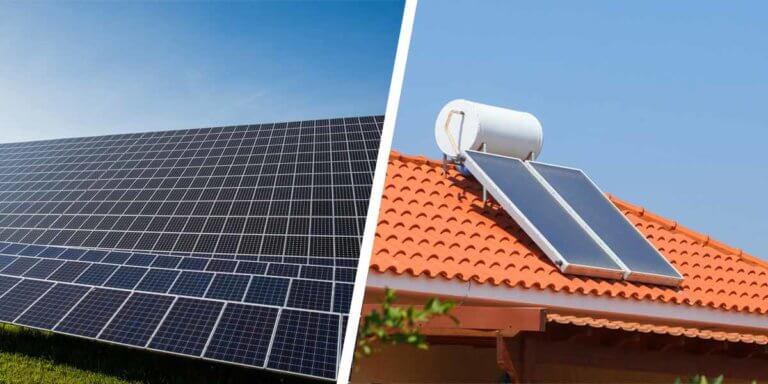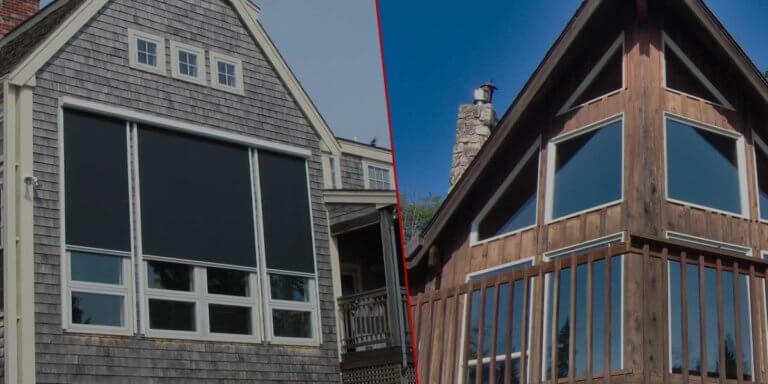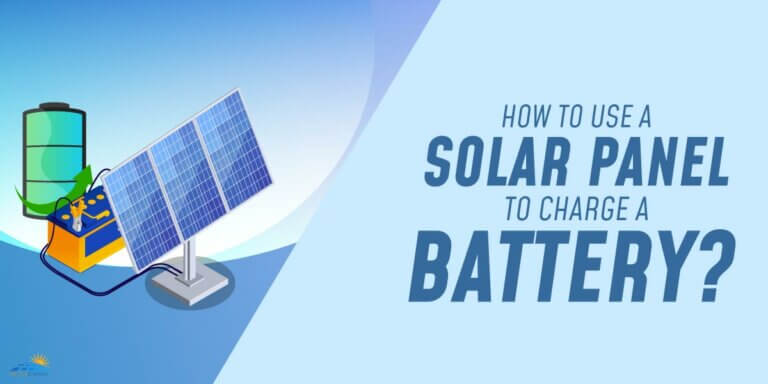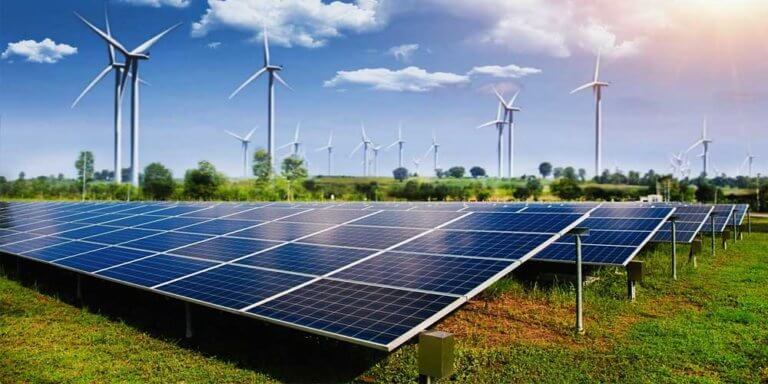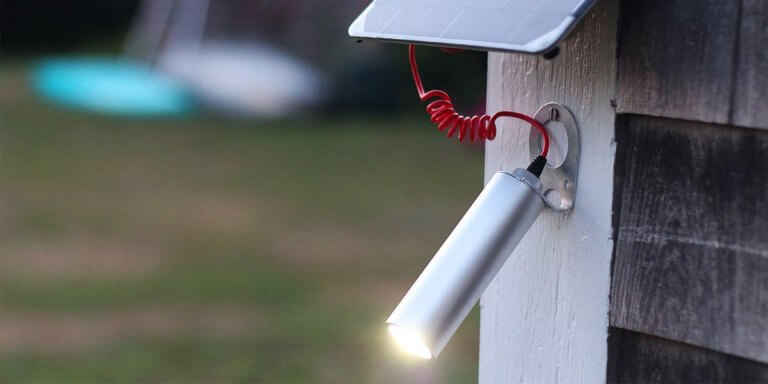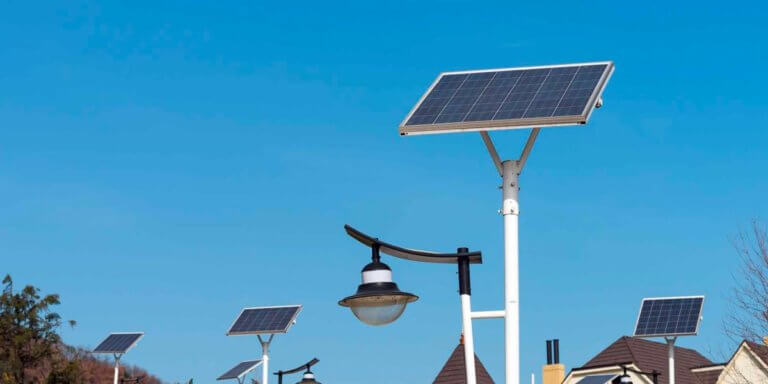Why Is There An On/Off switch On Solar Lights | Important Solar Lights Question Answered
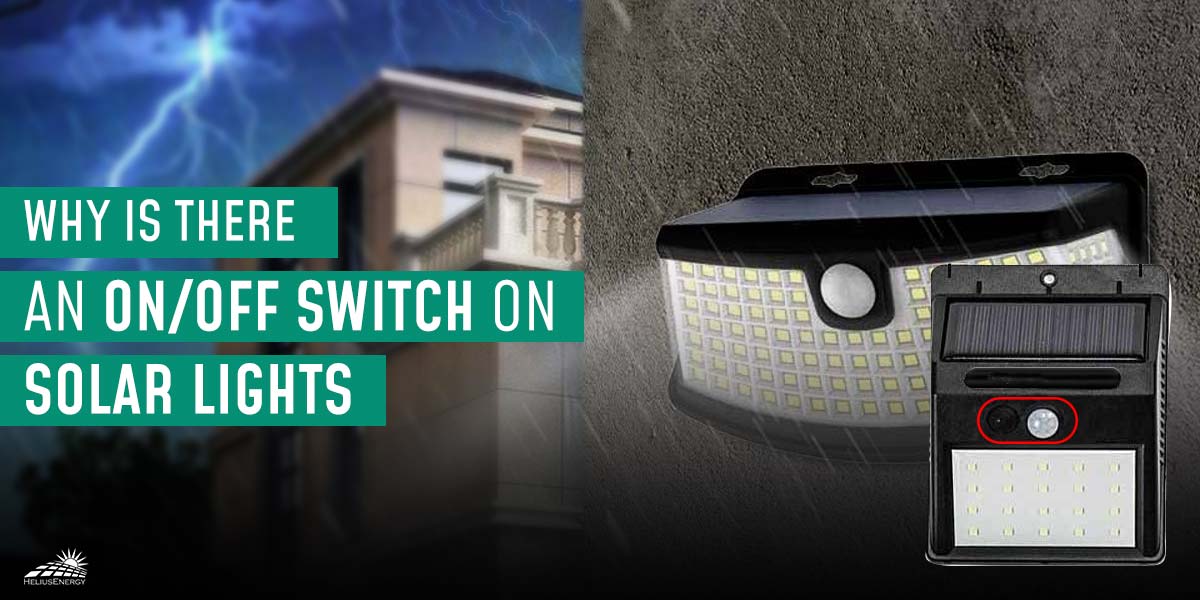
Solar lights are straightforward, simple to operate, and reasonably priced to purchase. It makes sense that so many individuals have decided to use them to adorn and brighten their homes with indoor solar lights and outdoor solar lights. Solar lights are simple to operate, but occasionally the mechanics may be perplexing.
Which way should the solar light switch be set? If your solar light whether it is solar drieway or deck light has an on/off switch, it must be turned on at all times. You may flip your solar light switch to OFF to save battery life while storing or not using it.
You’ve come to the correct place if you’re unsure about exactly when your solar light switch should be on or off or if you want further information on solar lights. We’ll go through the fundamentals of solar lighting with you and tell you when to turn them on and off.
Why Is There An On/Off Switch On Solar Lights?
Although solar lights automatically turn on and off, there are at least four instances where it makes sense to turn them off. There are times when you’d like to be completely in the dark. Light is the last thing you want while seeing the stars.
You want to make sure your lights are completely charged before hosting a party in your garden. Put your lights off a day or two in advance and then turn them back on just before the party starts if you’re worried they won’t be completely charged for your event. So, you won’t have to pay the money and can charge for two or three days.
You’ll want to be able to turn solar lights on and off just like any other interior light because certain solar lights are made to be used indoors. For instance, shed lights are a nice illustration of this.
If you’re packing up your lights for storage or transferring them, turn them off. The absence of light may cause your lights to switch on as they are most likely in a box or the back of a truck while being transported.
That would be a waste, particularly if you intended to use your solar lights after you arrived at your new location. Utilize the on/off switch on your solar lights to save expensive batteries.
How To Turn On Solar Lights?
Solar lights are an excellent method to reduce energy consumption and electric bill costs, but they require routine maintenance to maintain good operating conditions.
Ensuring the switch is switched on is among the most crucial things you can do to keep your solar lights on. Many people forget to turn on the switch while installing solar lights, which can lead to subpar performance or even a dead light.
It goes without saying that not all solar lights have an on/off switch, but ensure it is turned to the on position for those that do. When the panel is covered to imitate nighttime, it should be simple to determine if the switch is on or off.
Additionally, you need to check the orientation of your solar panels regularly. Because your lights won’t charge correctly if they don’t receive enough sunshine, make sure they’re oriented as much as you can toward the sun. Since, all the solar lights rely on direct sunlight to work effeciently all night.
Your solar panels might need to be cleaned every so often; all you have to do is wipe them down with a damp cloth to get rid of any dirt or debris.
Is It Necessary To Turn On Solar Lights?
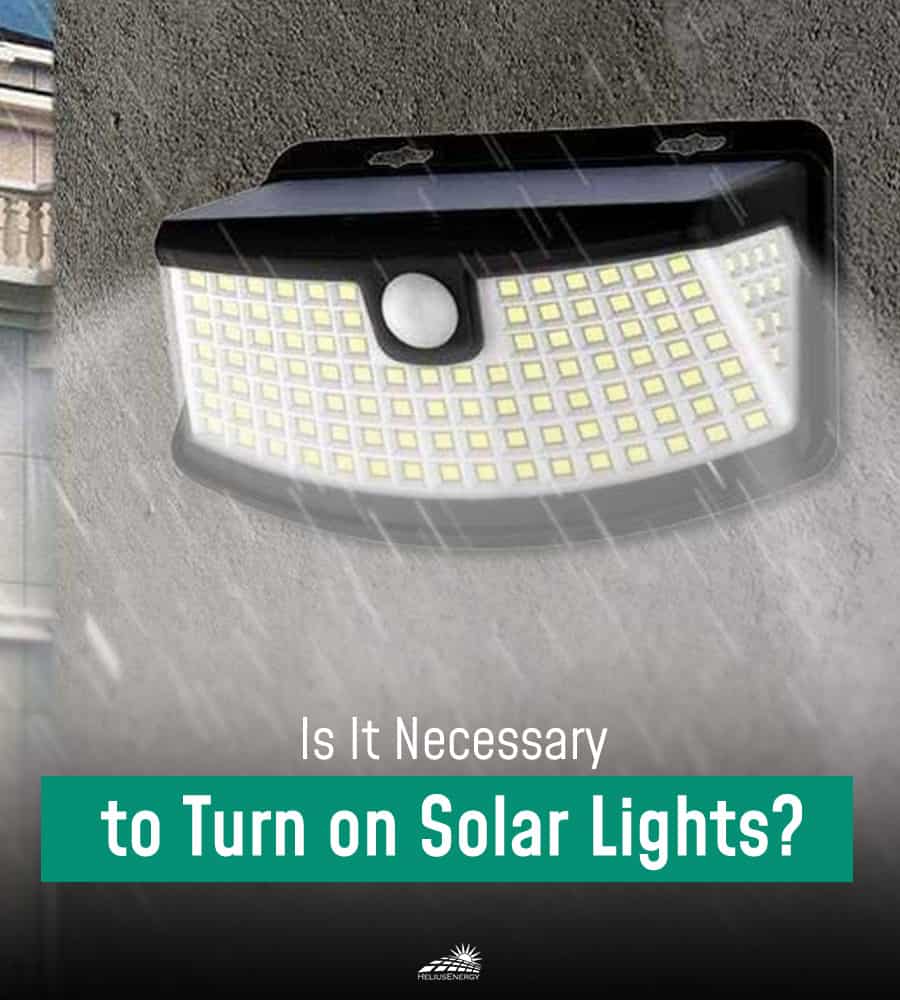
Check to be sure there is an on/off switch before buying your new solar lights and installing them. Activate it if there is one. However, you don’t need to turn on your lights every day because the circuitry will keep hold of that.
Solar lights are designed to switch on automatically when day turns to night. The more decorative path lights do not often have a switch, but the more powerful “spotlight” or “security light” varieties have.
The fact that solar path lights and decorative accent lights are typically marketed in packs of eight or ten is one practical explanation for this. You wouldn’t want to go through the same process for every light in the set.
Another factor is construction quality: monocrystalline solar panels, bigger solar panels, and batteries with a higher mAh capacity are more likely to be used in the building of solar spotlights and solar security lights, which are also more likely to be made to higher standards.
Because these lights typically have many settings (low light, strong light), having the option to turn them off completely is simply one more advantage of excellent construction.
Conclusion
Knowing how to utilize solar lights is crucial whether you already have some in your yard or want to add some. The need for an on/off switch on a solar light mostly depends on the user’s needs, personal choice, and if the manufacturer offers one. Instead of ornamental lights, they are more likely to be on spotlights and surveillance lights.
The switch can get charged without being switched on or off. They should be turned on so you can see them when needed. Sadly, some individuals don’t realize that their solar lights have a switch, and when they don’t function, they get irritated. Be careful to read all of the directions before charging, installing, or using the solar lights.

